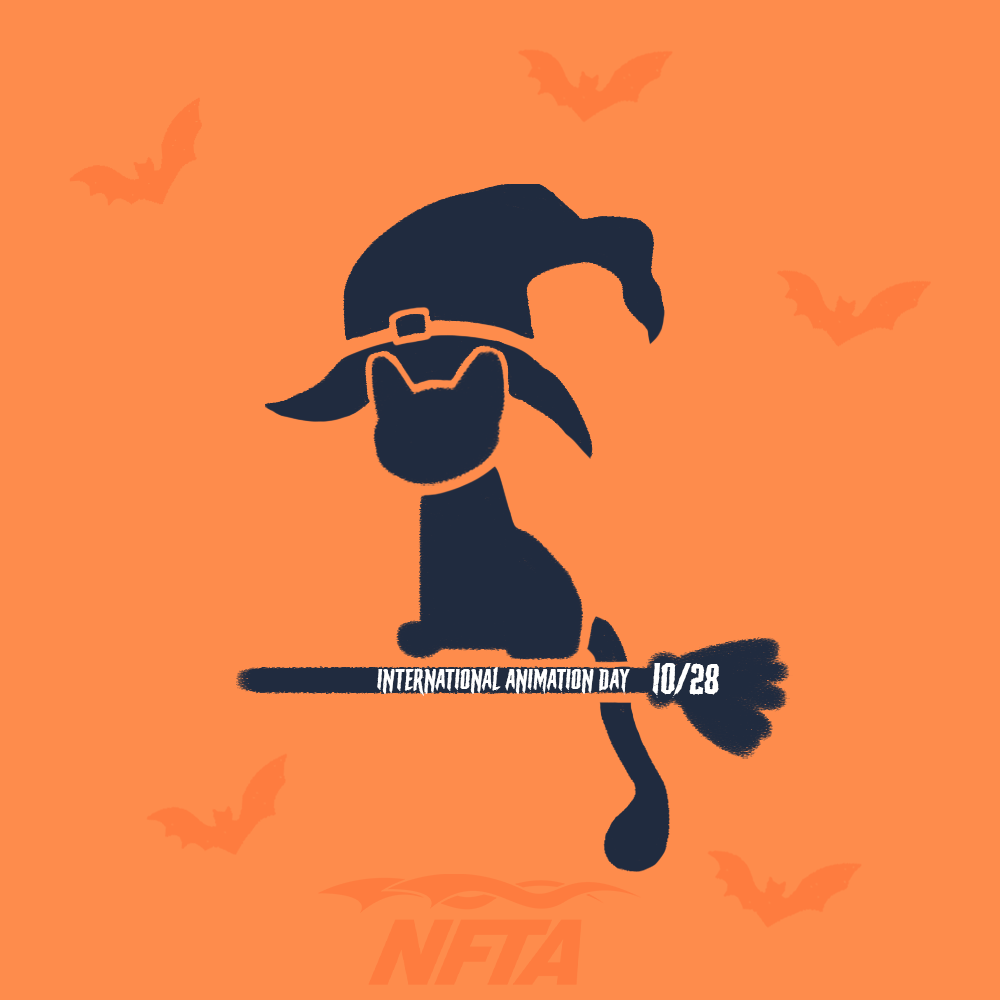10/28/2022 8:00:00 AM
Today is National Animation Day, which recognizes the artists, scientists, and technicians behind animated art. It’s also a day to celebrate all aspects of animation.
This art form has been used for over 100 years to create cartoons and other types of entertainment. Through the years, artists and technicians have developed different kinds of animation.
- Traditional or 2D Animation: One of the most recognized animation art forms, 2D animation uses flat characters and environments. Before digital tools and advanced techniques came along, 2D animation required the use of meticulously hand-drawn frames. As you can imagine, this could take a very long time. Mickey Mouse, created by Walt Disney in 1937, is an example of 2D animation.
- 3D Animation: This type of animation uses the art of motion and helps make characters look more realistic. With the help of computers, this type of animation started in the 1970s. Thanks to special software, 3D animation became very popular in the 1990s. During that decade, some of the most famous movies to use 3D animation include Toy Story, The Terminator, and Jurassic Park.
- Stop Motion Animation: This type of animation is created by stringing together pictures of still objects in a specific sequence. The string of pictures combines to create the illusion of movement. Stop-motionn animation is also one of the oldest known types of animation. Modern examples of stop-motion animated movies include Chicken Run and The Nightmare Before Christmas.
- Typography Animation: Movies, commercials, and other forms of media often use animated text in their introductions or credits. Typography animation allows moving text to shrink, expand, or morph into another object. Think of the intro to Star Wars, and you get an idea of what typography animation looks like.
Jackie Andrade, a member of our graphics team and passionate about animation, created this thumbnail.
